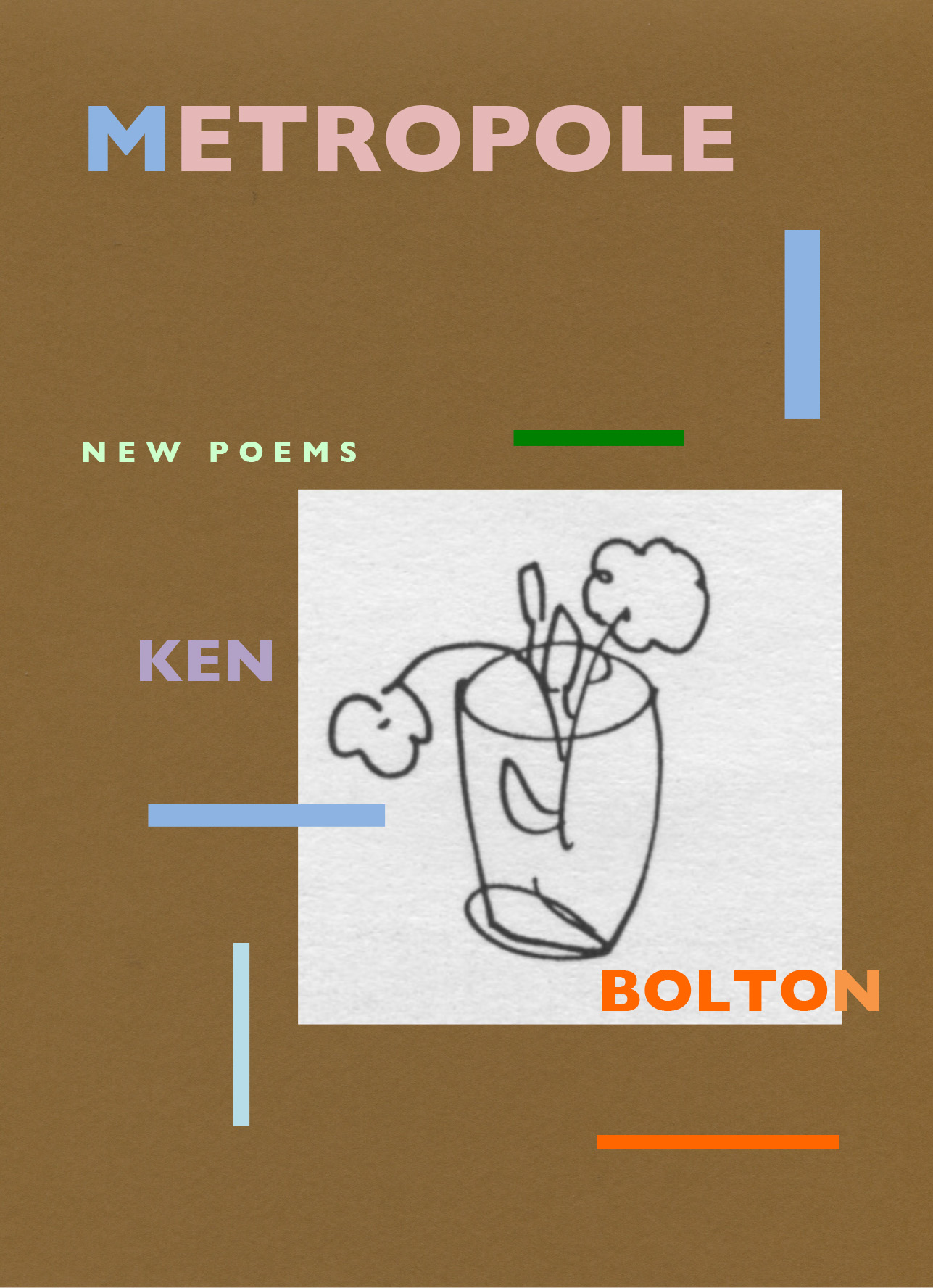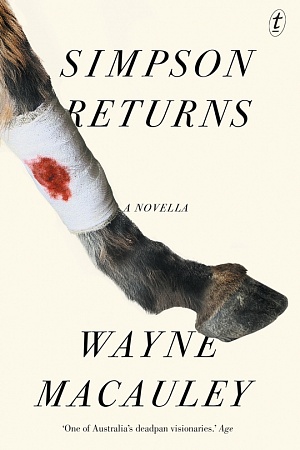Ghost Species
Hamish Hamilton, $29.99 pb, 288 pp
Ghost Species by James Bradley
James Bradley’s Ghost Species arrives at a time when fiction seems outpaced by the speed with which we humans are changing the planet. Alarmingly, such writerly speculation has been realised during Australia’s tragic summer, when the future finally bore down on us. And there are few writers of climate fiction – or ‘cli-fi’, the term coined by activist blogger Dan Bloom and popularised in a tweet by Margaret Atwood – who so delicately straddle the conceptual divide between present and future as Bradley.
Ghost Species assumes many characteristics of science fiction, but it also has the quality of what Roger Luckhurst calls proleptic realism, ‘a modelling of the present day tilted five minutes into the future … within the horizon of current research’. Unlike Kim Stanley Robinson, whose climate novels abound with scientific detail, Bradley pursues a minimalist aesthetic, translating science into poetic terms. There is a striking sparsity to the prose, a rendering of the world with a precision that elicits a sense of the scientific, a poetics of observation, record, and projection.
Continue reading for only $10 per month. Subscribe and gain full access to Australian Book Review. Already a subscriber? Sign in. If you need assistance, feel free to contact us.














Leave a comment
If you are an ABR subscriber, you will need to sign in to post a comment.
If you have forgotten your sign in details, or if you receive an error message when trying to submit your comment, please email your comment (and the name of the article to which it relates) to ABR Comments. We will review your comment and, subject to approval, we will post it under your name.
Please note that all comments must be approved by ABR and comply with our Terms & Conditions.